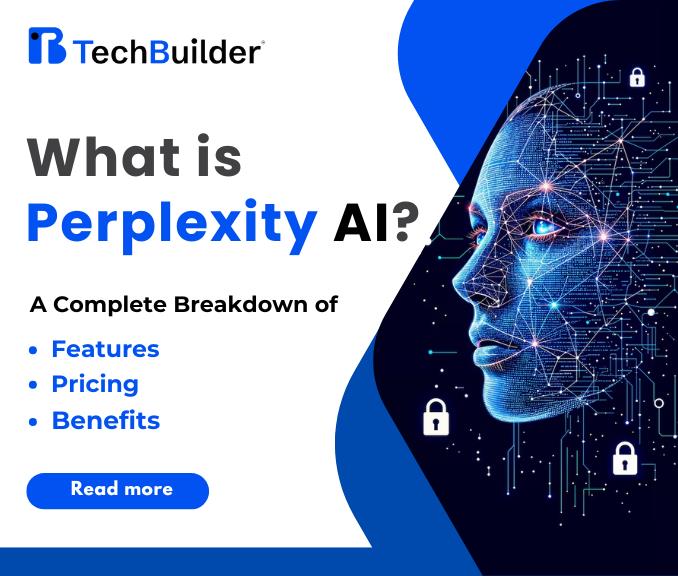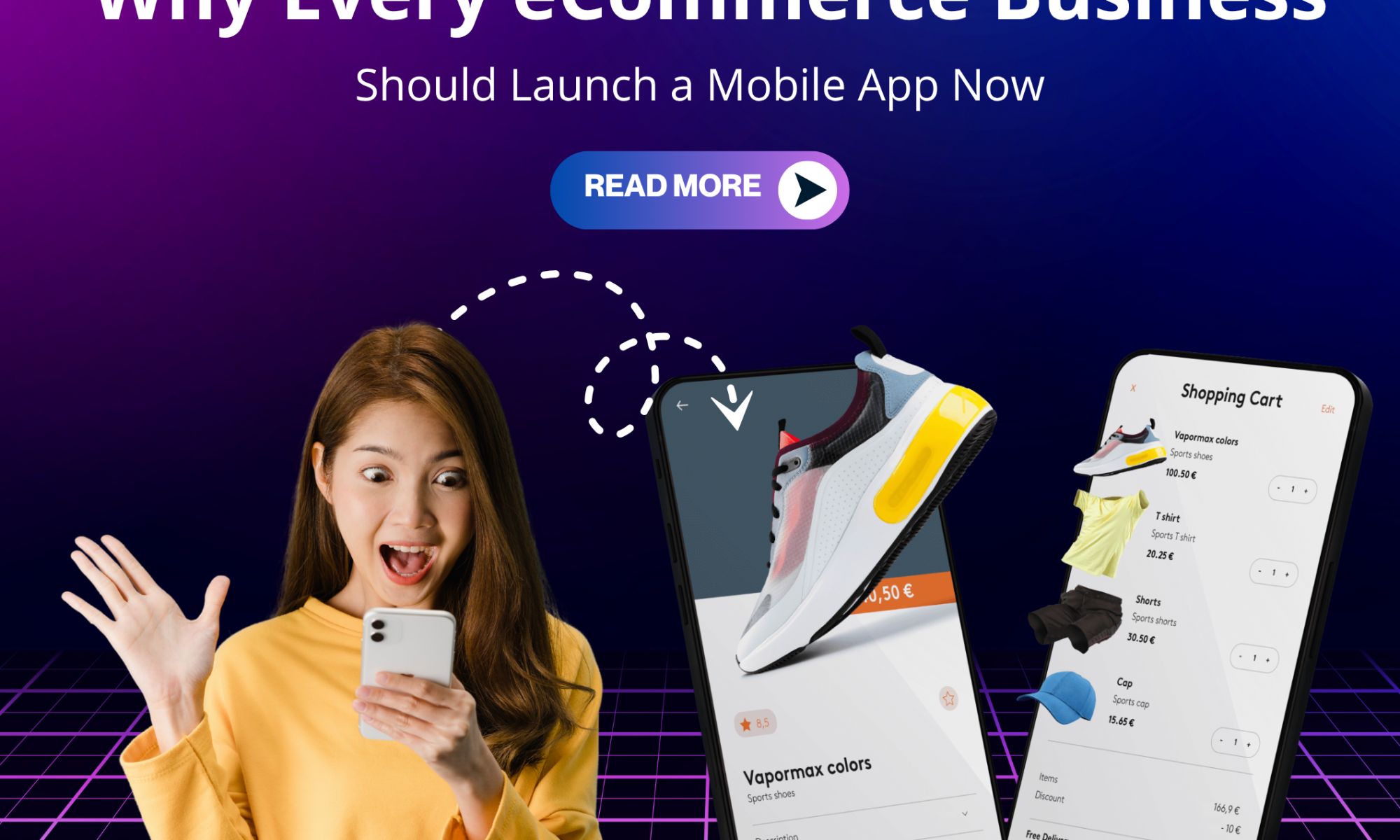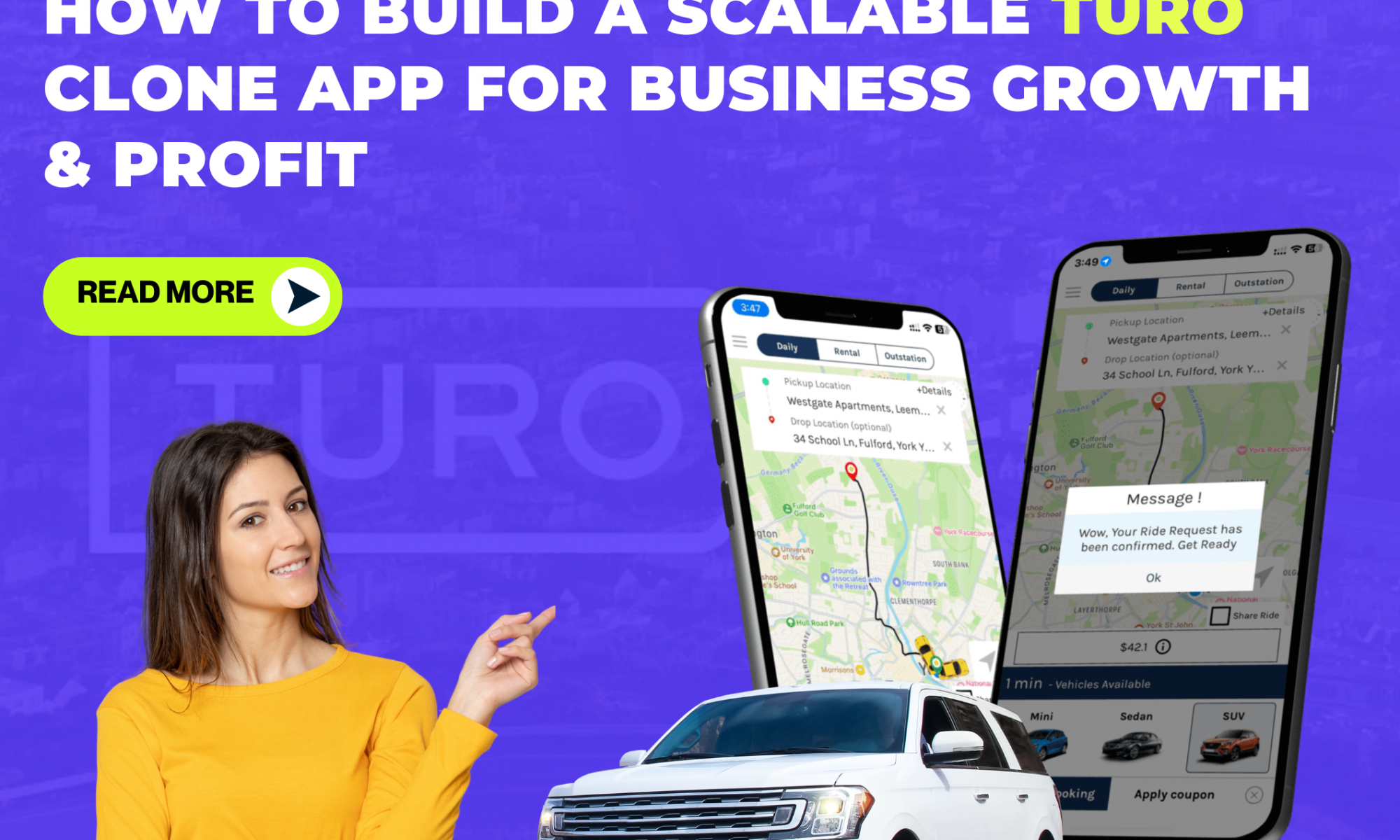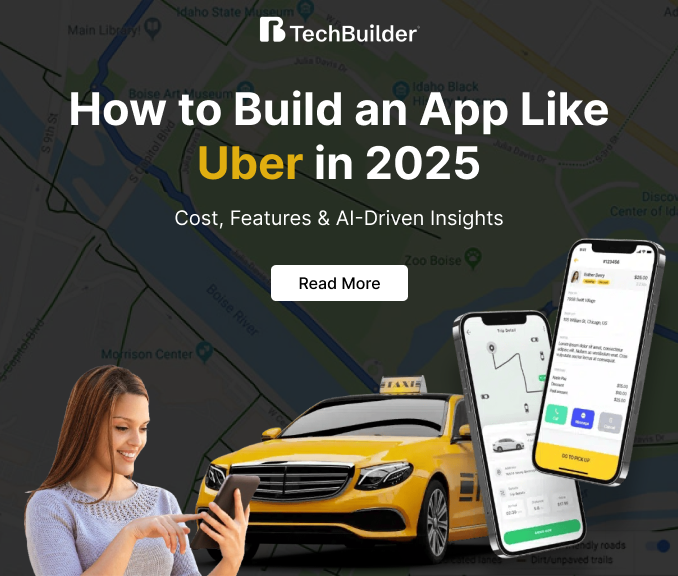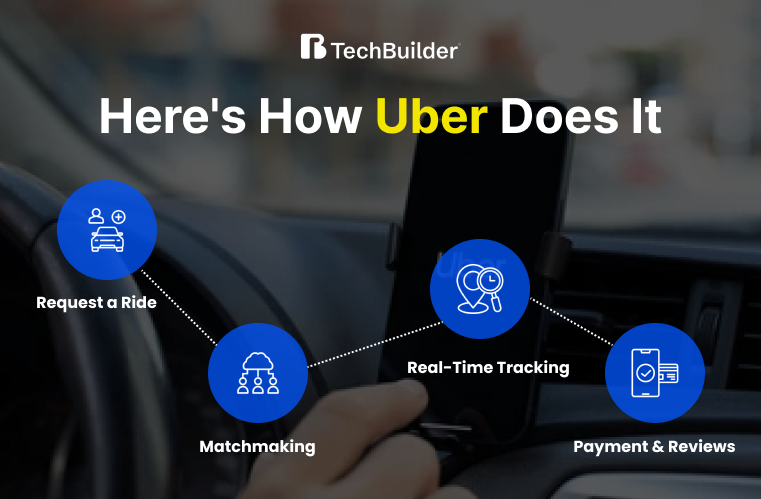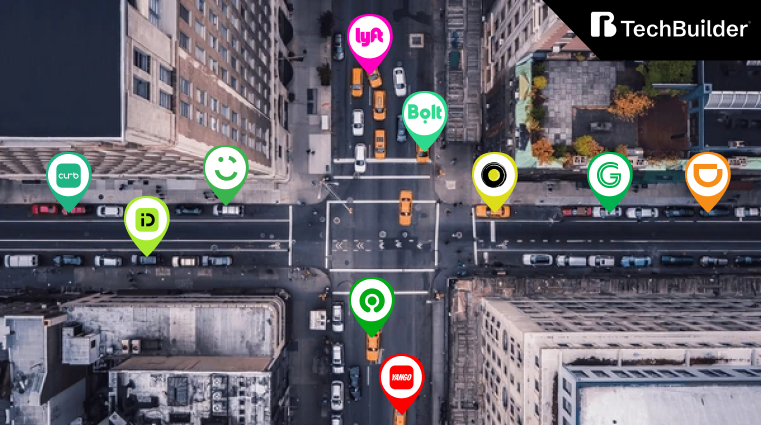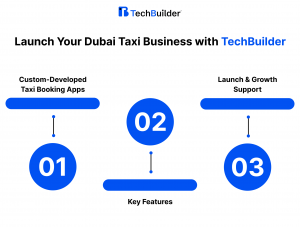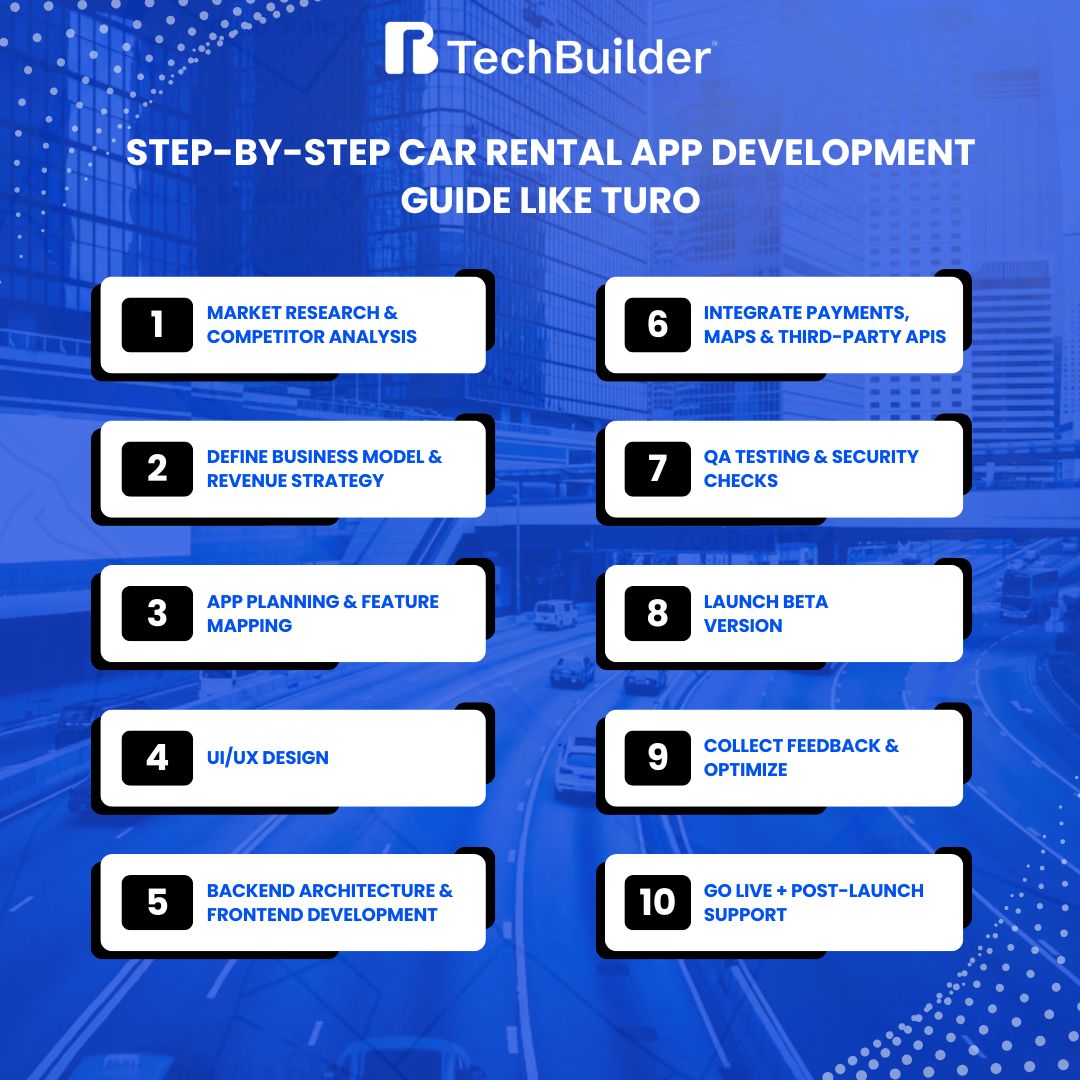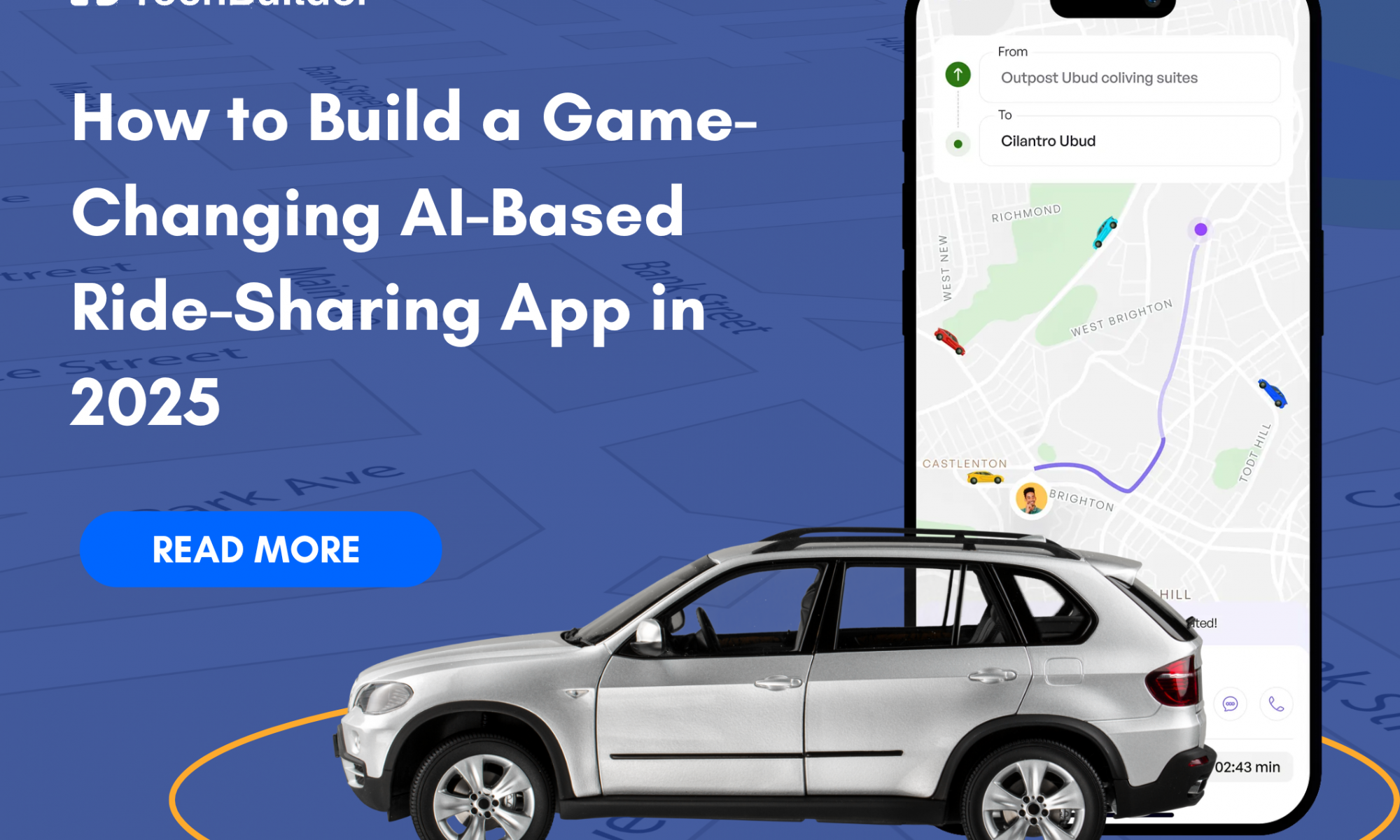Klarna is a fintech company that provides a service – Buy Now, Pay Later (BNPL). It allows consumers to purchase goods upfront and pay later in installments – usually with no interest if paid on time. Rather than paying the whole price at the point of sale, customers can break up their bill into smaller installments or postpone payment for a limited time.
Established in Sweden in 2005, Klarna has become one of the world’s largest BNPL providers. It operates with thousands of online and brick-and-mortar stores, with customers being able to opt for Klarna as a payment method at checkout. Large retailers such as H&M, Nike, Sephora, and ASOS all provide Klarna, which makes it convenient for shoppers to have what they need without paying for it all up front.
For consumers, Klarna feels like a convenient, interest-free credit line. For stores, it’s a way to boost sales by making purchases more affordable and appealing. In this guide, we’ll take a closer look at Klarna, how it works, and how does Klarna makes money with no interest to most shoppers.
Klarna: Facts & Statistics
Klarna has grown quickly over the last decade – especially with the rise of online shopping. Here are some simple but important facts about the company –
- Founded – 2005 in Stockholm, Sweden.
- Founders – Sebastian Siemiatkowski, Niklas Adalberth, and Victor Jacobsson.
- Headquarters – Stockholm, Sweden.
- Global Reach – Available in over 45 countries.
- Partner Stores – More than 500,000 retailers worldwide.
- Active Consumers – Over 150 million shoppers use Klarna.
- Transactions – Processes over 2 million transactions every day.
- Valuation – Previously worth more than $45 billion (2021 high), Klarna remains one of the world’s most valuable fintech firms.
- Special Features – Pay in 4 installments, Pay in 30 days, Up to 36 months financing, shopping app with tailored offers.
These statistics indicate how huge Klarna has grown in the BNPL sector. It’s not merely a minor payment solution — it’s a world financial system that millions depend on.
What is Buy Now – Pay Later (BNPL)?
Buy Now, Pay Later (BNPL) is a payment option that enables shoppers to buy something today and pay for it over a number of smaller payments. Rather than paying the whole price in advance you make payments in installments – typically weekly, bi-weekly, or monthly.
This is how it generally works –
- Shop online or in-store
You start by adding items to your cart on a website or picking products in a physical store. Klarna is accepted by thousands of retailers worldwide, so it’s often available as a payment option alongside cards and PayPal.
- Select Klarna at checkout
When it’s time to pay, choose Klarna from the payment methods. Klarna quickly checks your eligibility, usually with a soft credit check that won’t affect your credit score.
- Select your payment schedule
Klarna provides alternative ways to pay – including Pay in 4 installments, Pay in 30 Days, or long-term borrowing. You choose the plan that best fits your budget and buying needs.
- Pay something now or nothing at all up-front
Depending on your plan, you may pay the first payment upfront or wait to make your first payment. For instance, Pay in 4 calls for 25% upfront, while Pay in 30 Days begins with zero payment.
- Pay the balance over time
The balance is paid in planned installments. If you make payments on time, most plans do not charge interest. Late payments could incur small late fees and may influence subsequent Klarna use.
Uncover how Klarna profits—and how your app can, too.
BNPL has gained tremendous popularity due to:
- It reduces the cost of pricey items.
- No need for a regular credit card.
- The approval process is quick and simple.
Yet, although BNPL feels charge-free for consumers, businesses such as Klarna continue to generate revenue. That is one of the primary things we’ll discuss when we talk about how Klarna generates revenue without charging interest.
How Does Klarna Work: Klarna Business Model
Klarna’s business model is built to simplify shopping for consumers while maximizing sales for retailers. As a payment intermediary, Klarna enables buyers to purchase items up front and pay for them over time, generally without interest if paid on time.
The system is straightforward – you select Klarna at checkout, pick a payment schedule, Klarna pays the merchant in full upfront, and you pay Klarna back as per the agreed-upon schedule. Everybody wins in this arrangement — customers have flexible payments, stores receive immediate payments, and Klarna makes money from merchant fees, commissions, and, in some instances, interest or charges from customers.
1) Shop Online or In-Store & Choose Klarna at Checkout
You begin by browsing a retailer – on their website, app, or at a physical store that partners with Klarna. When you’re ready to pay, you’ll see Klarna listed alongside cards, wallets, or PayPal. Choose Klarna to continue.
Klarna then performs a fast, automated check of your eligibility (usually a soft credit check, which shouldn’t affect your score) and might request some simple information such as your name, address for billing, and a bank card or account to arrange repayments. If you qualify, you proceed to choosing how to pay.
2) Select Your Payment Plan
There are a few plans Klarna offers; availability will depend on your country, store, and order size:
- Pay in 4 installments (interest-free):
The amount is divided into four equal payments. The initial payment is paid during checkout, and the next three are taken automatically on a predetermined schedule – e.g., every two weeks – until paid in full.
- Pay in 30 days – buy now, pay later:
Order now and pay in full within the specified time frame (usually 30 days). This allows you to sample first and pay upon delivery. No interest if paid promptly.
- Installment plans for big purchases:
For larger-value orders, Klarna can provide longer terms (e.g., 6–36 months). These agreements might involve interest and sometimes a more thorough credit investigation. Monthly installments are set and arranged in advance until paid out.
Klarna displays the precise amounts, due dates, and any associated fees beforehand so you can choose the plan you can afford.
3) Klarna Pays the Store Immediately
After you authorize your plan, Klarna makes the merchant a full payment (excluding Klarna’s service charge to the merchant). This upfront payment means your order will be shipped or delivered immediately—just like a regular card transaction.
Klarna will then be responsible for collecting your subsequent payments on the plan you chose. If you return items afterwards, refunds are processed via Klarna, and your payment plan is altered or terminated by the retailer’s return authorization.
4) You Pay Klarna Over Time
Following checkout, Klarna automatically deducts from your stored card or associated account on scheduled dates. You’ll be reminded via email or the Klarna app before each payment. For short-term plans like Pay in 4 or Pay in 30 Days, payments are typically interest-free if made on time.
If a payment is missed, Klarna may charge a late fee (amounts vary by market) and may restrict your ability to use Klarna until the account is back in good standing. In the app, you are able to track purchases, view pending due dates, change payment method, and sometimes reschedule a due date within policy guidelines. With financing plans, monthly payments remain in place until paid in full, plus any interest that may apply.
Klarna’s Business Model Simplified:
- For customers:
Klarna offers consumers the convenience of buying now and paying later through the option of spreading the payment across installments or postponing payment for a specified duration. The majority of these alternatives do not have any interest provided timely payments are made. This makes buying easier and cheaper without the consumer having to provide the full amount upfront.
- For retailers:
Retailers gain because Klarna eliminates the payment hurdle that will prevent customers from making a purchase. With flexible payment plans, stores enjoy increased conversion rates, bigger order sizes, and less abandoned carts. Klarna also compensates the store for the full amount immediately, taking away financial risk from the retailer.
- For Klarna:
Klarna makes most of its money through the merchant fees and commissions retailers pay per transaction. It also makes money from interest on long-term funding plans, late payment charges, and paid brand partnerships. The approach ensures that it has the majority of shopper payment methods free while operating a profitable business.
How Does Klarna Make Money
Although Klarna provides interest-free payments on most purchases, it’s still a lucrative venture. The catch is that Klarna doesn’t derive its primary income from charging consumers — rather, it generates revenue from elsewhere.
Primary means by which Klarna generates revenue:
Merchant Fees & Commissions
- Shops pay Klarna a cut of every sale made via Klarna.
- Merchants are more than happy to pay these fees since Klarna gets them to sell more and also makes them spend more.
- For instance, when you purchase a $200 item with Klarna, the retailer may pay between $5–$7 to Klarna as fees.
Interest on Financing Plans
- Short-term payment plans are usually interest-free, but Klarna also provides longer financing with interest.
- Shoppers who opt for these extended plans pay interest, and this becomes Klarna’s revenue.
Late Fees
- When a customer fails to pay, Klarna can impose a small late fee.
- This is not a primary source of income, but it is still a revenue contribution.
Partnerships & Marketing Services
- Klarna collaborates with brands to sell their products within the Klarna app.
- Brands pay Klarna for promotion and exposure to millions of potential buyers.
- By integrating these sources of income, Klarna profits while still making consumers believe that their payments are “free.”
Discover Klarna’s revenue secrets—start your fintech journey today
How Does Klarna Make Money With No Interest?
One of the major reasons customers use Klarna is that many of its payment methods have no interest. But how does Klarna make a profit if it’s not adding costs to shoppers?
The reason is straightforward: stores pay for it. When you shop with Klarna, the store gets paid in full upfront, and Klarna is responsible for collecting payments from you. For this, the store pays Klarna a merchant fee — typically a low percentage of the total purchase plus a flat transaction fee.
Why are stores willing to pay Klarna?
- More Sales: Making Klarna available simplifies the purchase for customers, thus boosting sales.
- Larger Orders: Customers tend to spend more when they don’t have to pay immediately.
- Less Risk: Klarna takes care of the payment process and bears the risk of payment default from customers.
That is, Klarna’s profit is drawn from retailers, rather than by charging most consumers interest. Shoppers receive convenience and flexibility, stores receive increased sales, and Klarna is paid a commission — a win-win-win scenario.
Conclusion
Klarna has revolutionized shopping and paying. Buy Now, Pay Later facilitates buying for consumers while enabling merchants to increase sales. To customers, Klarna is virtually free credit — you can purchase what you desire today and pay for it over time, normally with no interest if you settle as agreed. To merchants, Klarna is a means of drawing more consumers and larger order sizes.
The most fascinating aspect is how Klarna profits without charging interest to the majority of consumers. Rather than profiting from customers, Klarna’s primary revenue streams are from merchant fees, commissions, and collaborations with retailers. Sometimes it also profits from interest on longer payment plans and from minor late fees. This model has brought Klarna to the position of being one of the largest players in the BNPL sector, utilized by millions globally.
As online and in-store shopping demand for flexible payments continues to rise, Klarna’s function will continue to increase along with it. Although the BNPL model is not risk-free — including customer debt and competition from other fintech players — Klarna’s shopper convenience paired with merchant advantages, maintains its leader status in the payment revolution.
FAQ
- How does Klarna earn money if it’s interest-free?
Klarna makes the majority of its income from merchant fees. Merchants pay Klarna a small fraction of every sale for providing the BNPL service, as it enables them to sell more and boost order values.
- Does Klarna ask customers to pay any fees?
Most Klarna payment plans are chargeable to you nothing if paid on time. But Klarna will add a late payment fee if you’re late with a payment, and there is interest on longer-term credit plans.
- Is Klarna safe to use?
Yes. Klarna is a licensed financial business that utilizes secure payment technology. Klarna also provides buyer protection in most instances, so your purchases are protected.
- Does Klarna check your credit?
Klarna typically conducts a soft credit check for most interest-free options, and this does not count toward your credit score. For longer financing terms, it can conduct a hard credit check.
- How does Klarna make money without interest charges?
The principal revenue of Klarna is the merchant fees that stores pay. It also earns revenue from partnerships, advertising within its app, and occasionally interest and late charges.
- Can using Klarna hurt my credit score?
Using Klarna responsibly usually won’t harm your credit score. However, missing payments on certain financing options could have a negative impact.
- Why do retailers use Klarna?
Retailers use Klarna because it increases sales, encourages customers to spend more, and reduces the payment risk for the store.
